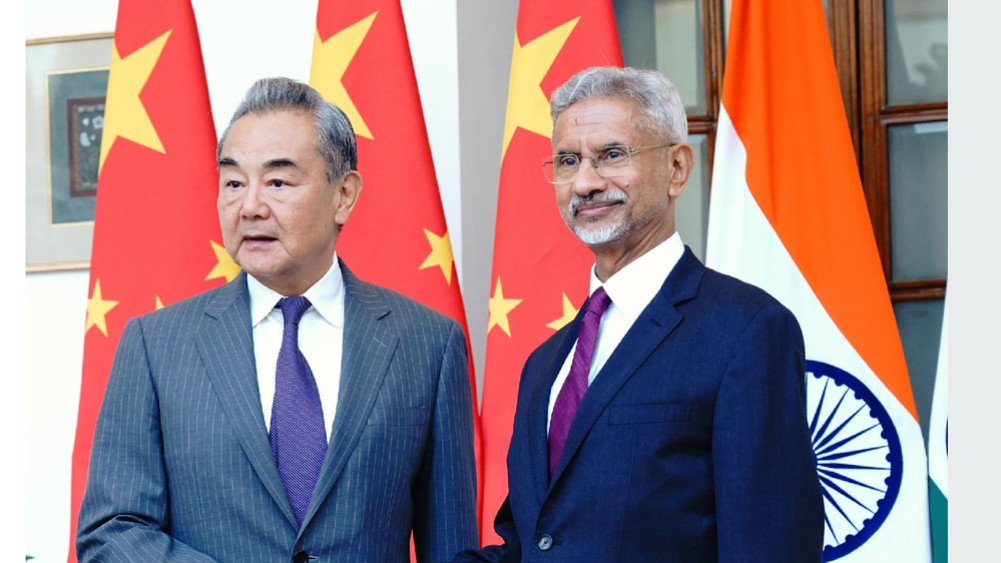The Lipulekh Trade Route has once again become the focus of South Asian geopolitics as India and China agreed to reopen border trade through this strategic pass. The decision was made during Chinese Foreign Minister Wang Yi’s visit to India on August 18–19 and marks the first serious discussion on Lipulekh trade in a decade, amid long-standing territorial disputes with Nepal.
Historic Context of the Lipulekh Trade Route
The Route was previously a point of contention in 2015 when India and China agreed to expand trade during Prime Minister Narendra Modi’s visit to China. Nepal strongly protested that agreement, citing the pass as part of its sovereign territory. The 2025 agreement revisits the trade route amid efforts to improve India-China relations following the 2020 Galwan Valley clashes.
Details of the Agreement Lipulekh Trade Route
India and China will reopen border trade through Lipulekh Pass, Shipki La Pass, and Nathu La Pass. The move highlights renewed focus on the Route. It reflects both countries’ interest in boosting economic and logistical cooperation despite regional tensions.
Nepal’s Response and Ongoing Dispute
Nepal has consistently claimed Lipulekh, Kalapani, and Limpiyadhura as part of its territory. The release of maps by India in 2019 and China in 2023 has further complicated the issue. The reopening of the Trade Route without Nepal’s consultation is likely to trigger diplomatic protests similar to those in 2015.
Strategic Importance and Upcoming Diplomacy
The agreement comes ahead of Prime Minister KP Sharma Oli’s visits to China and India. Analysts say the Lipulekh Trade Route may become crucial for regional trade. It connects northern India with Tibet. The route also highlights Nepal’s ongoing territorial claims.
Conclusion
The reopening of the Lipulekh Trade Route marks a significant development in India-China relations. However, Nepal’s objections underscore the ongoing geopolitical sensitivities surrounding this historically and strategically important corridor.
Stay updated on the latest developments in South Asian geopolitics and trade routes.


